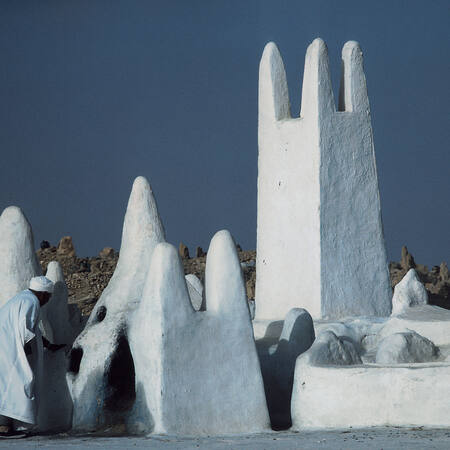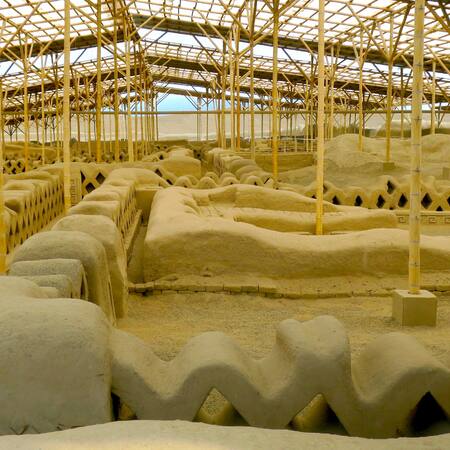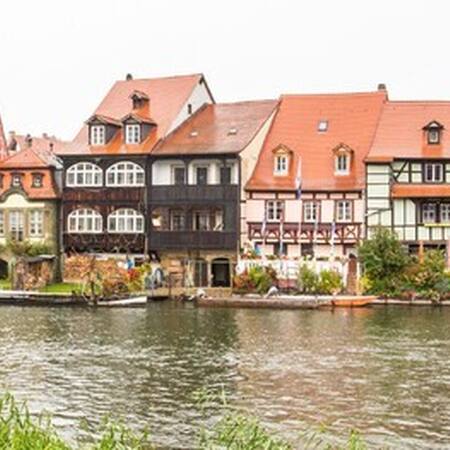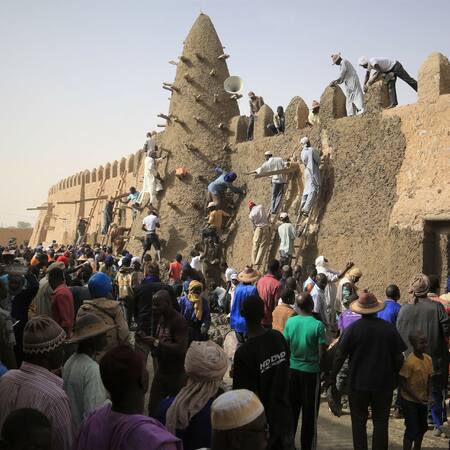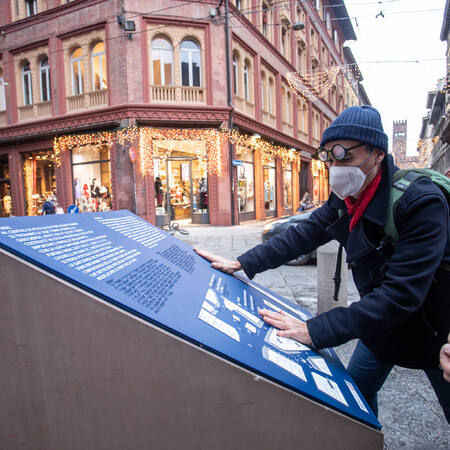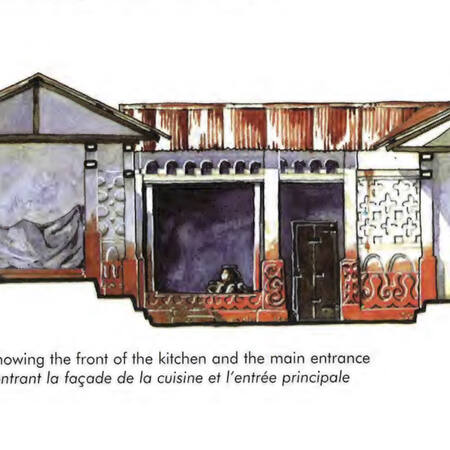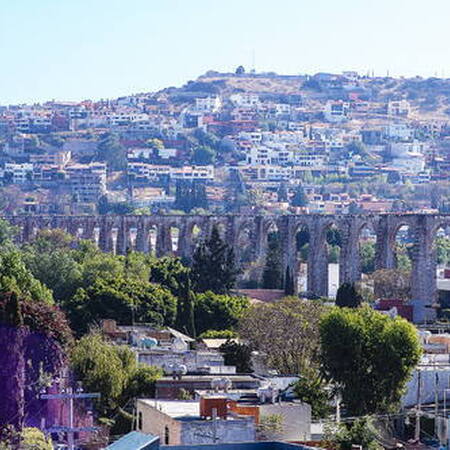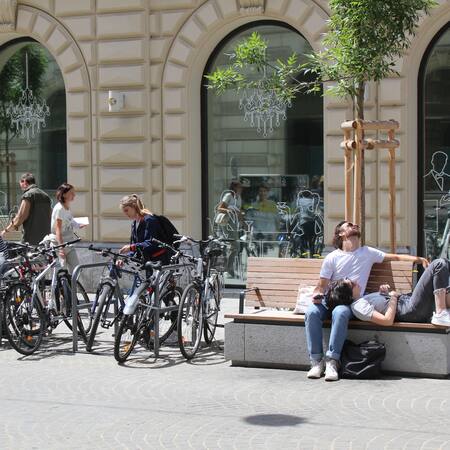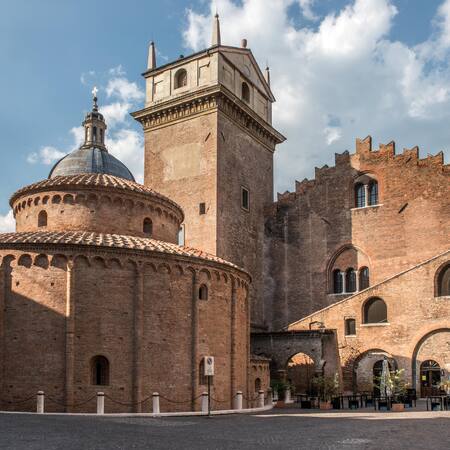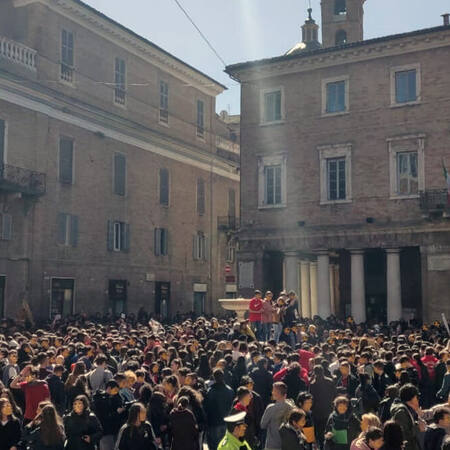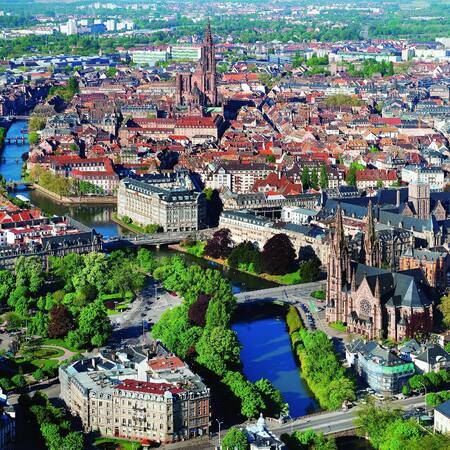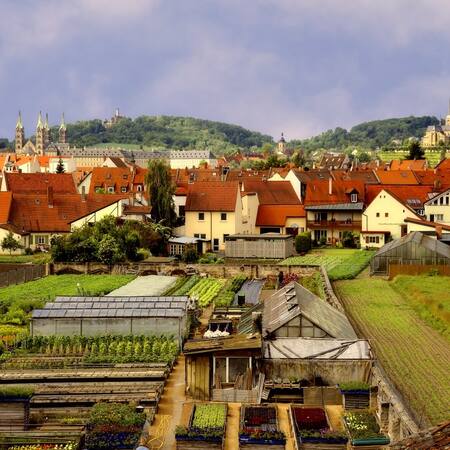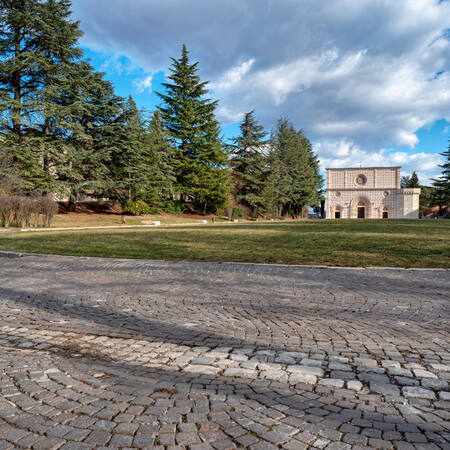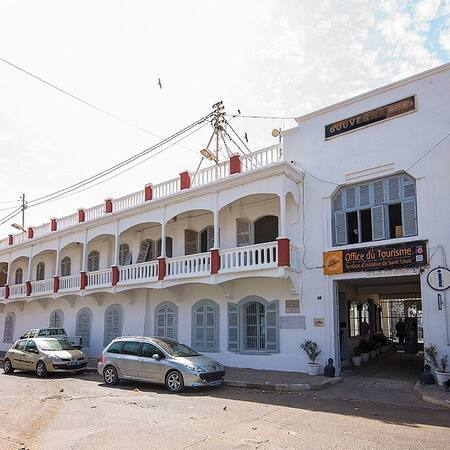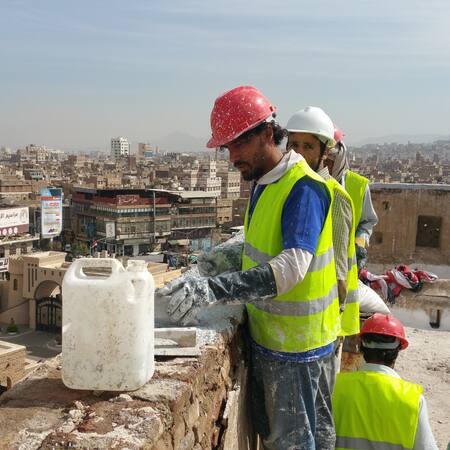Promoting traditional environmental knowledge in the M’Zab Valley (Algeria)
The traditional settlements of the M’Zab valley were adapted to their environment and climate. Floodable areas were occupied only by temporary structures and not by dwellings. Water infrastructure was a core ...
Preventing climate-related impacts in the Chan Chan Archaeological Zone (Peru)
After Chan Chan was placed on the List of World Heritage in Danger, a disaster risk reduction plan was developed and integrated with heritage management mechanisms. The plan provided valuable strategies for ...
Reintroduction of hydropower in the mills district of the Town of Bamberg (Germany)
The installation of a new water turbine at the site of the former water mills in the Town of Bamberg follows traditional water practices while respecting the Outstanding Universal Value of the property. The new ...
Promoting climate change adaptation and mitigation in Lamu Old Town (Kenya)
Lamu Old Town faces multiple threats from climate change, energy needs and rapid social and economic transformation. The Lamu Old town management plan and the Lamu Municipality Waste Management Policy focused on ...
Reconstruction of the destroyed mausoleums of Timbuktu (Mali)
After armed conflict resulted in the destruction of several historical mausoleums, these were reconstructed using traditional knowledge systems as part of an international cooperation campaign. The reconstruction of ...
Balancing development and conservation in Grand-Bassam (Côte d’Ivoire)
The inscription of the Historic Town of Grand-Bassam on the World Heritage List has provided new opportunities to promote sustainable development in the city. From the creation of a local World Heritage management ...
Developing a new methodology for urban regeneration: the ROCK project in Bologna (Italy)
A pilot project to enhance public spaces using participatory processes helped to identify key lessons which can be later applied to other areas and cities.
Transmitting and documenting the vernacular architecture of the Asante Traditional Buildings (Ghana)
Published in 2021, a new edition of the 1999 reference publication “Asante Traditional Buildings” updates and expands this important record of their outstanding architecture, making it once again available for the ...
Update of the Management Plan of the Historic Monuments Zone of Querétaro (Mexico)
The revised Management Plan includes several strategic actions, such as urban rehabilitation and renovation programmes, regularisation of informal settlement and enhancement of public spaces.
Creating a digital archive of historic documents and photographs of World Heritage sites in Iraq
In order to preserve historical documents related to World Heritage sites, the Iraqi State Board of Heritage and Antiquities has proposed to digitise historical documents from different archives and archive in a ...
Bolstering community identity through cultural programmes in Cusco (Peru)
A variety of projects aim to protect Cusco’s cultural heritage, promote social development through crafts and strengthen traditional knowledge for sustainable development.
Pedestrianisation of historic streets and public spaces in Graz (Austria)
As part of a wider effort to create a pedestrian-only zone in the historic centre, the city of Graz carried an ambitious programme to re-design its historic streets and public spaces through high-quality design ...
Creating a shared framework in the serial World Heritage property of Mantua and Sabbioneta (Italy)
In order to improve the coordination between the two component cities of this serial property, the Municipalities of Mantua and Sabbioneta have created a central management office. This office is in charge of ...
Through a series of strategic actions, Urbino has sought to improve its environmental sustainability and promote climate change mitigation and adaptation. An update of the management plan is currently under way in ...
Taking nature into account in the World Heritage Management plan of Strasbourg (France)
An update of the World Heritage management plan and urban planning tools seeks to integrate cultural and natural heritage values and their attributes in order to improve the city’s liveability and micro-climate.
Strengthening residents’ connection with their gardening heritage in Bamberg (Germany)
In the city of Bamberg, traditional gardening practices are part of the city’s strategy to promote urban sustainability. The COVID-19 pandemic helped to strengthen the local community’s connection with its gardening ...
Sustainable Urban Mobility Plan of the historic city of L’Aquila (Italy)
The long-term plan aims to promote sustainable urban transportation, reduce emissions and pollution, and enhance liveability in the historic city by enhancing cycling networks and infrastructure, improving existing ...
After the World Heritage Committee warned in 2016 that the poor state of conservation of the property could lead to its inscription on the List of World Heritage in Danger, a number of local, national and ...
Cash for work: promoting local employment through heritage conservation in historic cities (Yemen)
In the context of long-standing conflict, a cash-for-work scheme provides young people with employment opportunities while contributing to the conservation of urban heritage in four historic cities.
Community-centred revitalisation of Souq al-Silah in Cairo (Egypt)
A long-standing project has been working to revitalise a commercial street in the historic district of Darb al-Ahmar and reconnect the local community with their cultural heritage. The project, developed with help ...
